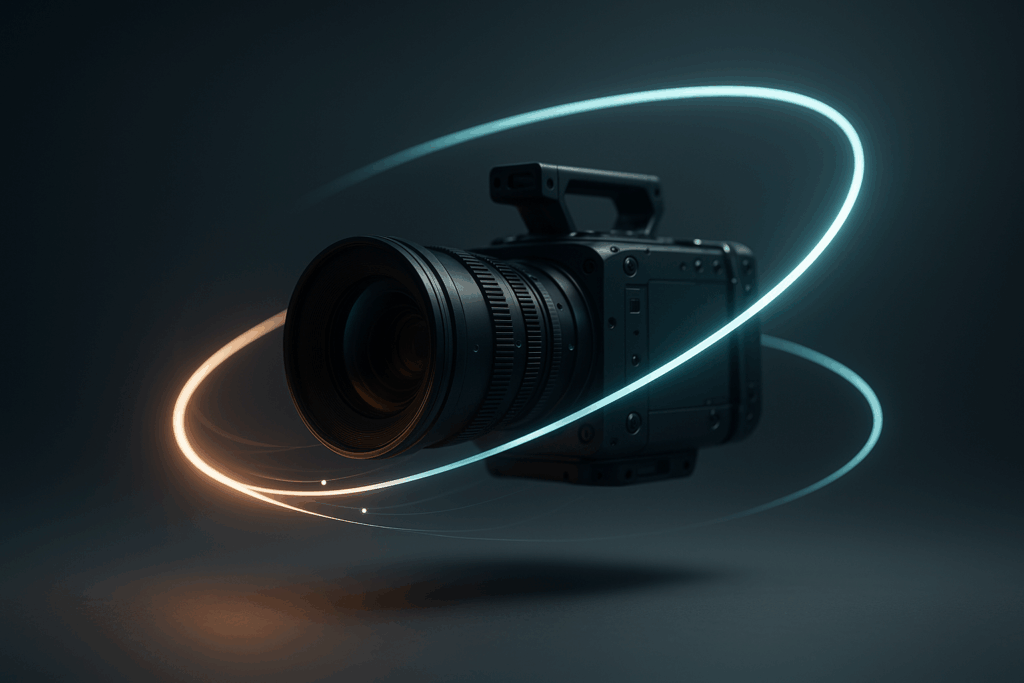Audiovisual production is undergoing a transformation where the key is no longer to add hands, but to better orchestrate the ones you have. Artificial intelligence (AI) accelerates tasks and reorganizes the way of conceiving each project, from brief to export. This gives you more time for the essentials: concept, rhythm and story.
This guide shows you how to integrate AI into your workflow without losing creative control and brand consistency. You'll get concrete benefits such as drastic time cuts, omnichannel block-ready variations, data-driven iteration and accurate change tracking. Let's start from the brief.
Redefining the process from the beginning
Traditionally, starting a project involved many meetings, script versions and manual tasks before shooting. Now, AI allows you to enter the brief in natural language - objectives, audience, references, tone, duration - and in minutes it turns it into precise actions. Agents act as virtual producers: they break down the brief into script, scene structure, shot list, moodboard, technical needs and create a preset in your editing tool.
For example, for a product launch you can indicate: vertical video of 30-45 seconds for TikTok and Instagram Reels, close pitch, hook in the first 3 seconds, demo, closing with CTA and subtitles in two languages. The system generates three scripts with different hooks, recommends B-roll resources, pinpoints locations and leaves the timeline ready with markers for voiceover and music. You adjust, lock the preferred version and in less than a morning you are ready to shoot.
It's not about replacing criteria, but about eliminating friction so that your focus is on tone, rhythm and message. Try a simple pilot: from brief to a 30-45 second vertical video with voice and subtitles in a single morning.
Effortless brand consistency
A major branding concern is to preserve the identity in each piece without revising everything manually. With IAconsistency becomes the norm. Upload a branding package that includes fonts, palette, logos, safe margins, animations, approved voices, and sign and closure templates. Agents enforce those rules, blocking unauthorized colors or alerting you if a logo encroaches on a margin. Labels and transitions are kept consistent at all times.
Color is also predictable: you define a LUT for your products and the system applies it to all cuts, respecting the original exposure. The audio is processed with compressor, equalization and normalization according to your brand standard, ready to publish.
In case of changes, you only edit one rule - for example, semi-bold text to 110% - and the AI re-renders all affected parts without affecting the rest. Less revisions, more consistency and speed.
Put it to the test with a package of stories and Reels sharing a visual base: from the brief to a 30-45 second vertical with voice and subtitles, all in short cycle.
Omni-channeling made reality
Publishing the same piece on all channels is no longer enough. Effective omnichannel adapts format, pace and expectations according to each platform. AI crops and rearranges content for 16:9, 9:16 and 1:1; detects subjects for centering; adjusts labels so as not to obscure interface elements; and suggests CTAs based on context.
It can cut a 60-second master video into several 12-20 second pills with its own hook and taglines. From a long testimonial, extract powerful phrases and create optimized shorts. For Paid campaigns, generate claim and background color variants ready for A/B testing without cluttering your team.
The control is still in your hands: you approve masters and "non-negotiable" marks. The system suggests, you decide which version goes to LinkedIn in 16:9 or to TikTok in portrait.
It starts with one set: a master and three format adaptations (16:9, 9:16 and 1:1), plus a 30-45 second vertical version with voice and subtitles for social.
Audio evolution: clean, natural and in your tone
Audio can elevate or limit a piece. AI automates tasks that previously required plugins and expertise: it removes noise, reduces reverb, equalizes levels, corrects clicks and normalizes volume for each platform to avoid surprises. It also synchronizes voice and music with ducking automatic.
If your brand has an approved voice, the AI can clone its timbre with permission for natural voiceovers in various languages. Synthetic voices have gained in naturalness: you control speed, emphasis and pauses, choosing nuances such as "smiling tone". If you prefer human voices, the AI still supports cleanliness and synchrony.
Captioning and accessibility are the new normal. The system transcribes accurately, generates subtitles in the branded style and adjusts them to each format. For multilingual markets, it translates with idiomatic adaptation, and allows dubbing while maintaining the original timbre.
The result: professional videos, with coherent voice and understandable in silence. Test a 30-45 second vertical with voiceover, music and subtitles, all in one stream.
Learning and constant improvement
It is no longer enough to publish and forget. AI connects each piece with platform metrics, allowing you to define objectives such as retention, complete plays, clicks to CTA or cost per view. Analyze the results and propose specific improvements: better hooks, shorter subtitles, more powerful thumbnails, adjusted duration.
A/B testing is now accessible: the system generates variants and distributes investment and audience, returning clear results. A/B tests consist of comparing two variants that only change one key element: hook, thumbnail, CTA position, palette, timing of cuts.
- Visual and textual Hook
- Thumbnail and title on Shorts and Reels
- CTA position and text
- Sign and contrast palette
- Duration and rate of cuts
The key is to close the loop: the system applies the winners as new rules in future pieces. Try a simple test: two variants of a 30-45 second vertical with voice and subtitles, comparing retention and clicks at 72 hours.
A safe framework: control, guardrails and traceability
Scaling production only makes sense if you maintain control. AI in video relies on guardrails: security boundaries that define usage policies, authorized assets, language, disclaimers, sensitive categories and valid licenses. If something goes outside the framework, the render is blocked and a warning is given with a recommendation.
Traceability completes it: every version is recorded, what it changed with and who did it. It is a useful history for audits, compliance and coordination. You can set approval flows by roles, speeding up the final release.
AI detects visible personal information, verifies music licenses, alerts on restricted images and validates minimal accessibility, without slowing down the process or taking unsafe shortcuts.
So you move fast without losing control. Pilot this framework with a simple case: from brief to a 30-45 second vertical video with voice and subtitles, recording approvals and assets.
Economic and operational impact: more with less, better
Automating repetitive tasks cuts time and eliminates bottlenecks. Adapting to various formats, subtitling in two languages and normalizing audio used to take 4-6 hours; now it is solved in 30-45 minutes with quality control. Multiplied by campaigns and markets, the savings are remarkable.
The key is not only to save hours, but to focus them where they add the most value. It frees the team from the mechanical to focus on concept, formatting, planning and testing. You scale capacity without duplicating costs and maintain a continuous flow without burning resources.
Predictability increases. With rules and templates, deliverables are consistent and reviews are timely. If you work with agencies or freelancers, the branding package and approval workflows ease the transition and maintain the standard.
In one week: Monday, 60 s master; Tuesday, format adaptations; Wednesday, A/B of hooks and thumbnails; Thursday, optimization according to results; Friday, consolidation and final export. All with subtitles, polished audio and traceability.
Start with a narrow case: from a brief to a 30-45 second vertical with voice and subtitles and compare times and results.
How to get started without blocking your team
- Define a clear objective: improve retention or reduce versioning time by half.
- Choose a relevant piece and establish deliverables per platform.
- Create the minimum branding package: fonts, palette, logos, signs, LUT, audio levels and tone of voice.
- Design two hooks and two CTAs for A/B testing and define how you will measure success.
- Implements basic safeguards: music licenses, mandatory subtitles, role-based approvals.
- Make a post-mortem: time saved, learnings and rules to consolidate.
What is essential is to check the jump from hours to minutes and traceability. The first case is usually sufficient to scale the model.
From shooting to editing: AI as an invisible assistant
If you create your own material, the AI also accompanies you on set. It plans dynamic shooting sheets, reviews shots in situ for focus and audio, and marks highlights. When you return, you ingest the footage and it's automatically tagged to speed up editing.
In the timeline, AI-suggested cuts are shortcuts based on your script: it aligns voiceovers and labels leaving gaps for breathing. You adjust the pace or reorder scenes: it's collaboration, not autopilot. When it's time to export, adaptations are batch-processed while you prepare the next script.
Creativity with data: instinct honed, not substituted
More data doesn't reduce creativity: it frees up intuition for new ideas. If data shows that your audience prefers examples to claims, you focus more on demonstrations. If contrast improves scroll stop, you go for bold backgrounds. If a soft CTA outperforms an aggressive one, you adjust messages in paid and organic.
AI doesn't dictate; it shows patterns. You decide where to bet creatively. Learnings are integrated into new rules and the team reuses them, maintaining institutional memory.
The simplest thing: change a weekly variable. This Friday, try a different hook in your first 3 seconds of a 30-45 s vertical with voice and subtitles. Observe the effect and adjust the following experiment.
Closing: speed, control and results, smoke-free
Audiovisual production with AI is a matter of method, not magic. You gain speed, maintain control, strengthen your brand and scale without stress. From brief to editing, from one format to another, from voice to subtitles and even optimization, everything becomes fast, clear and measurable.
If you are responsible for marketing, content or brand video, your advantage lies in adding criteria and system. Launch a first pilot: from brief to a 30-45 second vertical video with voice and subtitles. You will see the transition from hours to minutes, consistent identity, impeccable audio and a process that grows with you. Then scale it up to the rest of the plan. The difference between being on time and making an impact is only a couple of iterations away. https://kandrock.com/contacto/





